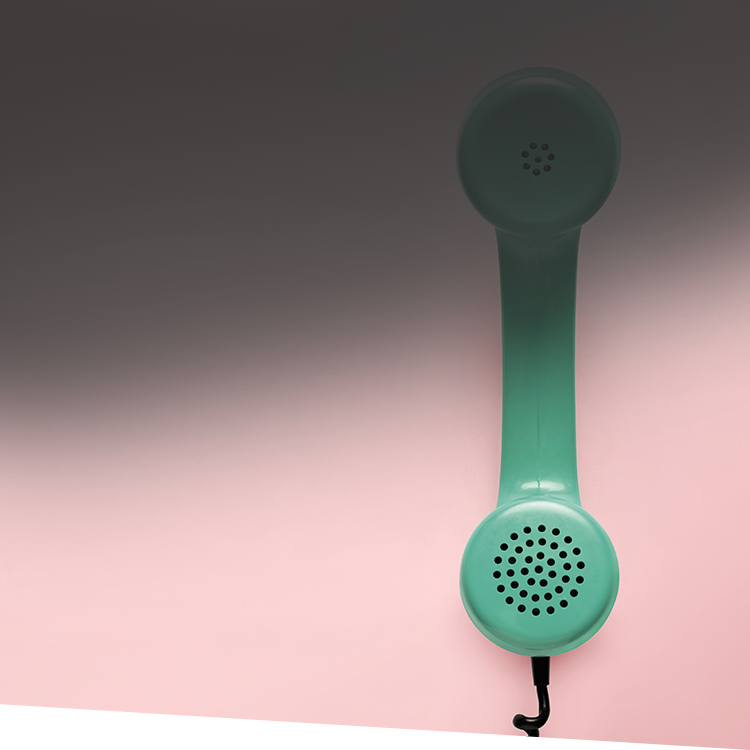Phoneathons have long been a staple of fundraising strategies. But are they still effective? The answer is—it depends!
A phoneathon must be the right fit for your community, and you need a solid pool of volunteers to pull it off. However, with the right situation and preparation, a phoneathonn can be a cornerstone of your fundraising strategy to help your team meet its goals.
So, what are schools' experiences with phoneathons? We’re sharing some insight from our e-lists on what has worked for Development Directors around the world.
Successful Strategies
- “I'm new to development and inherited a phoneathon. The school had good systems in place. Scripts are written for students to use and are specific for each group we call (current donors, nondonor alumni, grandparents, etc.)
"We provide a takeout dinner for the students each night, which they eat before calling. This really improves morale and takes care of ones coming directly from sports. Totally worth the extra cost!
"We have a form they fill out at the end of each call, checking off what happened (what answer they got, etc.). We pay students an hourly rate, and increase it annually to encourage them to keep coming back.
"I added a few new elements. I now send an email before the phoneathon to the list of people we plan to call. I announce our plan and invite them to give online, since increasingly no one answers their phone and many won't send checks.
"We no longer call repeatedly because of the reasons listed above. Instead, we call twice, leave a message each time, and follow up by mail. I use Doodle to schedule the students so I can ensure that I'm not going to choose a night where I have less than five students here."
- “We just re-ignited a phoneathon here last year, and it was an incredible success. I have parents, alumni, teachers, and some older students calling. While we don't get a HUGE amount of donations that night, I can credit the follow-up notes with $12K last year, and all it cost me was pizza, wine, and time.”
- “We hold a phoneathon every year. It is so successful, we have considered adding a second. We typically yield a little under 10% of our annual fund goal in one evening.
"An announcement is made ahead of time to our families, telling them if they don't want a call at dinner time from our phoneathon volunteers, to make their pledges before the date.
"Everyone calls from a school phone so the number shows up. Most calls go to voicemail, but people still get the message. Pledges and donations that come in over the next couple of days are attributed to the phoneathon.”
- “We have great success with our phoneathon. We call it Wine and Please and hold it offsite with wine and snacks. We invite our parents to come and make calls to all other constituents—grandparents, alumni, parents of alumni.
"We do not call other current parents. We create a folder for each attendee with cards as well as a script and thank you cards. If they close a gift, they write a personal thank you and I include it with their pledge letter.
The first year we gave each person three cards to call (we had about 30 people) and figured if we made it through 90 people it would be amazing. But people loved it and luckily I had extra cards for people to call. The following year, we put 10 cards in each folder and called over 300 people. It has been a great success.”
- “We did a text-a-thon in the middle of the campaign, but sent an email to everyone ahead of time reminding them that we were calling all nongivers for the text-a-thon that evening. It boosted us about 15%. During the days before the campaign ended, we did a phoneathon using school phones during school (people answer then) and this resulted in another 10–15% increase.”
Cautionary Tales
- “We do not do phoneathons—only thank-you-a-thons. We have been more successful with text-to-give and calls to say thank you. I think it truly depends on each schools’ community.
"Text-to-give has really helped us reach younger alumni, especially those who move around and haven’t purchased a home. People do not change their cell phone number nearly as much as they do email or physical addresses.” - “We had a phoneathon recently with no success. Phone calls are definitely not the preferred form of communication any longer.”
A phoneathon must be the right fit for your community, and you must employ tactics that inspire donors to give. We hope you find these insights useful.
Have you had success with phoneathon? We’d love to hear your story. Share it with us in a comment below.
Additional ISM Resources:
The Source for Advancement Vol. 16 No. 7 The First Step of Any Successful Fundraising Campaign
The Source for Advancement Vol. 17 No. 6 The Head's Role in Major Gifts Fundraising
Additional Resources for ISM Members:
I&P Vol. 42 No. 6 The Donor Cycle
I&P Vol. 43 No. 11 First Stage of the Donor Cycle: Identify
I&P Vol. 43 No. 13 The Second Stage of the Donor Cycle: Engage
I&P Vol. 44 No. 2 The Third Stage of the Donor Cycle: Evaluate






